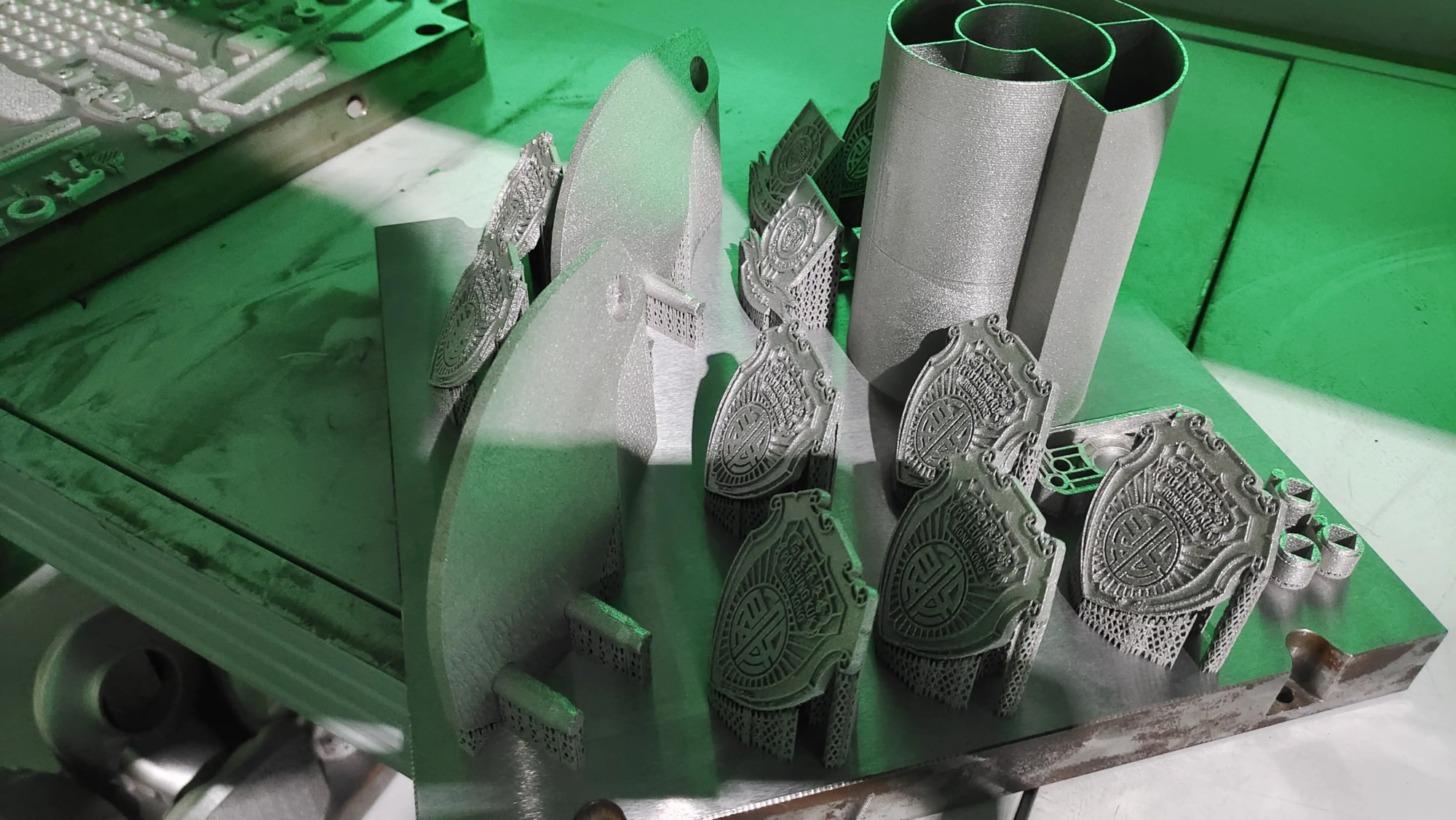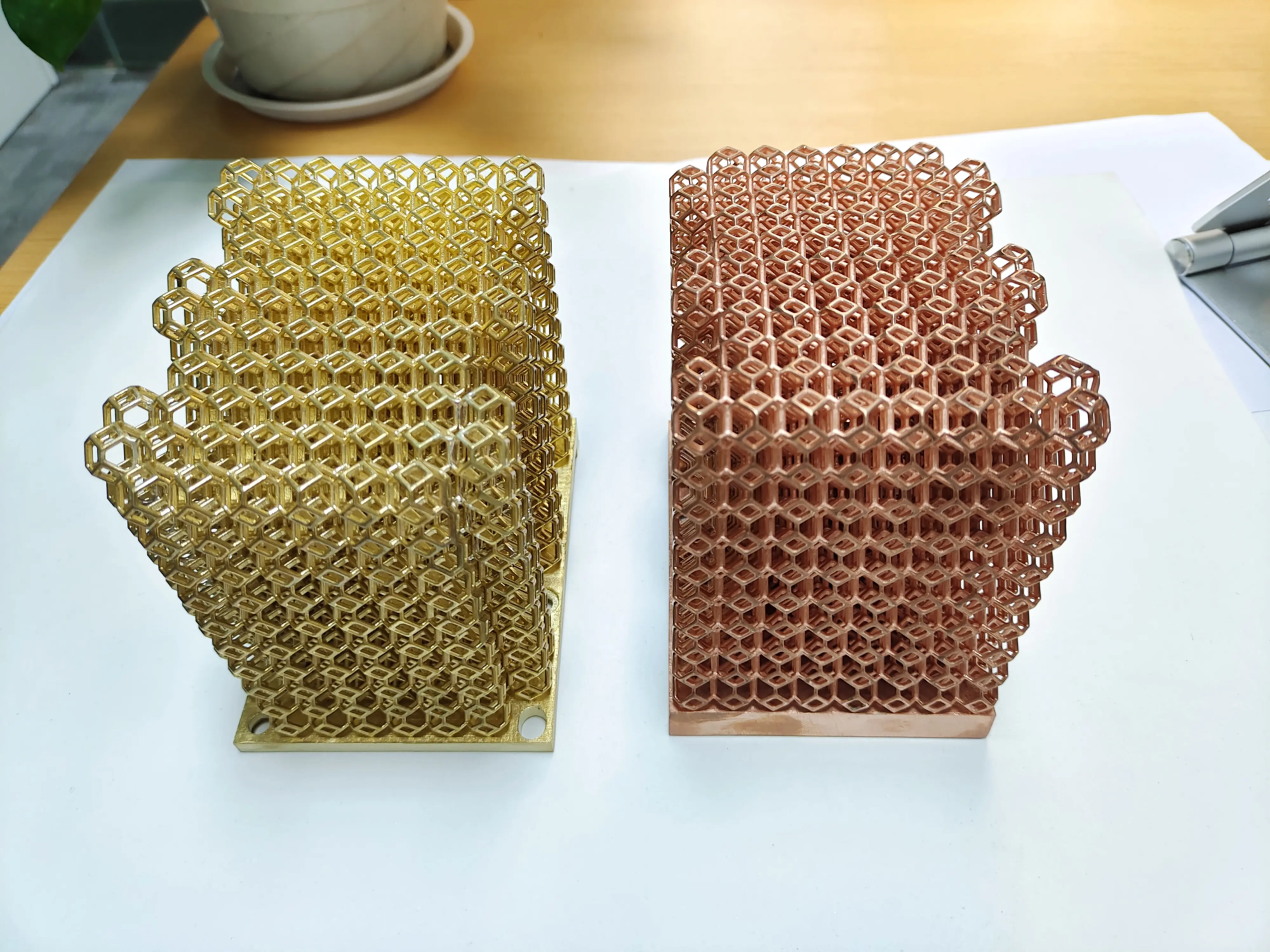The Resonant Revolution: 3D printing guitar necks and shaping the future of luthiery
That palpable feeling. Lift the guitar, curl your fingers around the familiar contours of the neck, press the frets that easily guide your fingers – it’s intimate. neck yes The primary point of contact, the bridge between player and instrument, determines playability, feel, and ultimately inspiration. For centuries, luthiers used chisels and planes like sculptors to painstakingly carve this key component out of blocks of wood. But beneath the dusty shavings of tradition, a quieter revolution is unfolding, powered by lasers, digital design and molten metal. Welcome to the era of 3D-printed guitar necks—not just a novelty, but a profound evolution that will redefine the possibilities of both the craft of guitar making and the instrument itself.
Beyond wood: Unleashing unprecedented design freedom
Traditional wood, while beloved, has its inherent limitations. Grain orientation determines strength; certain complex, lightweight, or ultra-ergonomic shapes are very difficult or impossible to achieve consistently by carving. 3D printing, especially advanced metal processes, e.g. Selective Laser Melting (SLM)eliminating these limitations.
Picture the neck:
- Super ergonomics: The precise contours perfectly map a player’s unique grip and hand shape, reducing fatigue and enhancing fluidity during marathon races or demanding techniques.
- Topology optimization structure: Using generative design software, engineers can create necks where material is present only where structurally necessary. Think complex lattice structures, internal cavities and strategically reinforced stress points – something that would be impossible with wood. This translates to drastic weight loss Radically alter the balance of your instrument without sacrificing strength or stability.
- Integrated features: Why stop at the neck? SLM printing enables seamless integration of functionality within The neck structure itself. This could include internal cooling channels to minimize heat-induced distortion, optimized electronic wiring ducts (eliminating traditional, inaccessible access covers), or even pretensioned elements to enhance adjustability.
- Unparalleled customization: Want an asymmetrical neck that’s thicker on the bass side for easier thumb retention and thinner on the treble side for lightning-fast action? Flared horn for unique strap attachment point? Are custom inlays structural, not just decorative? 3D printing brings science fiction levels of customization to professionals and enthusiasts alike.
SLM: The key to high-performance metal necks
Not all 3D printing is the same. When performance, longevity and resonance matter – like a guitar neck – SLM technology is here to stay. Here’s why:
- Full strength metal: SLM uses a high-power laser to fuse fine metal powders (such as titanium alloys, aluminum alloys or custom blends) layer by layer. The result? A fully dense, structurally sound metal part with mechanical properties equal to or exceeding those of traditional forgings or castings. Forget flimsy plastic prototypes; this is industrial-grade construction.
- Excellent accuracy: Modern SLM printers operate with micron-level precision, capturing the intricate details of complex CAD models with a fidelity unmatched by traditional methods. This ensures a perfect fretboard mounting surface, precise truss rod channels and perfect contours.
- Material symphony: In addition to strength, different metals offer unique sound signatures. Titanium has an incredible stiffness-to-weight ratio and a unique, bright, long-lasting tone. Aluminum alloys provide excellent resonance and damping properties at low weight. High-strength steel opens the door to more radical ultra-thin designs. The ability to experiment and tailor materials to specific tonal and structural goals is unprecedented.
- Inherent consistency: Once the optimal design and printing parameters are locked in, every subsequent neck produced is identical. This eliminates the natural differences inherent in different woods, providing unprecedented consistency for mass production or artist signature models.
The evolution of the luthier’s role: from engraver to sonic architect
Does this mean the end of traditional luthiers? Absolutely not. Rather, it heralds a profound shift in focus and skills:
- Embrace digitalization: Future luthiers must be proficient in CAD design and understand the principles of structural mechanics and vibration analysis. Their sculpting tools became software packages that allowed them to virtually improve ergonomics and tonal characteristics.
- Material science knowledge: Deep knowledge will turn towards understanding how different metalsalloys and printed structures affect the sustain, stiffness, decay, damping and overall tonal characteristics of the instrument.
- Integration Master: Craftsmanship will continue to evolve to master the integration of printed necks with traditional elements such as fingerboards (wood, composite, or possibly printed), inlays, hardware, and guitar bodies. Artistry turns to overall vision and finishing expertise.
- Push the boundaries: Freed from the many physical limitations of wood, visionary luthiers would pioneer entirely new neck designs that challenged our fundamental understanding of what a guitar is and how it feels to play.
Benefit: Adaptable to the future
The advantages of using a 3D printed guitar neck go far beyond novelty:
- Completely customizable: Crafted instruments tailored to the player’s exact hand size, strength imbalances, playing style, and aesthetic preferences on a scale previously unimaginable.
- Enhanced playability and comfort: Optimized ergonomics directly reduce physical stress, allowing for longer playing times and greater technical potential.
- Unparalleled stability: Metal necks are inherently more resistant to environmental changes—humidity and temperature fluctuations are less likely to cause distortion or shifting, ensuring consistent action and tone.
- Potentially unique hue profiles: Metal necks, especially their optimized internal construction, offer unique harmonic response, sustaining characteristics and attack that are fundamentally different from wood, opening up new sonic avenues for musicians.
- Durability and longevity: High-quality metal prints offer excellent resistance to dents, scratches, and general wear and tear compared to wood finishes.
- Sustainability considerations: Although energy intensive, sourcing processed metal avoids using rare or endangered wood. Redesign can also significantly reduce material waste compared to subtractive wood carving.
Conclusion: Enhance, not replace
The rise of 3D printed guitar necks is not about replacing the craft of guitar making; It’s about empowering it with revolutionary tools. It represents a powerful enhancement that provides master craftsmen with unprecedented freedom to explore form, function, materials and sound. While the warm familiarity of wood is still cherished, the sonic precision, radical ergonomics and unwavering stability afforded by advanced metal printing technologies like SLM represent an undeniable evolution.
Manufacturers and boutique luthiers who embrace this technology will not abandon tradition; they will recast it. They become pioneers at the intersection of advanced digital manufacturing, materials science, and the eternal pursuit of musical expression. Guitar necks, long a symbol of fine craftsmanship, are now being reborn in the digital crucible, promising to make instruments feel better, sound different, and inspire in new ways. The repercussions of this revolution are only beginning to be heard.
Frequently Asked Questions About 3D Printed Guitar Necks
Q1: Are 3D printed necks as strong as wooden necks?
one: When produced using industrial-grade processes like SLM and appropriate high-strength metals such as titanium or aluminum alloys, 3D printed necks are often very strong stronger Than wood. Additionally, they do not crack along the grain as easily as wood. They exhibit excellent dimensional stability under string tension and environmental changes.
Q2: How does a metal neck affect the tone of the guitar?
one: Significant, but not in a singular way. Metal necks often produce different tonal characteristics than wood. Expect increased sustain due to higher material density and stiffness. The specific alloy used plays a huge role: titanium is known for its brightness and clarity; aluminum can provide complex resonant properties and damping. Internal structural design also greatly affects vibration transmission. Although different, the tonal possibilities are vast and offer exciting new areas of sound.
Q3: Can a 3D printed guitar neck have a truss rod?
one: Absolutely. This is one of the key design considerations. Truss rods can be seamlessly integrated into the CAD model before printing. They can be accommodated within the enclosed channels created during the printing process, often resulting in cleaner, sturdier and potentially more adjustable solutions than traditional setups. Special rear access designs are also possible.
Q4: How is the fingerboard fixed?
one: The fretboard is typically still made of wood or composite materials with familiar feel and tone characteristics, and is firmly bonded to the machined mounting surface of the printed neck using a specialized structural adhesive such as aircraft-grade epoxy. The precision of SLM ensures perfect mating surfaces for optimal adhesion and resonance transfer. Integrating frets directly into the printed metal structure is theoretically possible, but less common due to feel and repairability.
Q5: Isn’t it very expensive?
one: Currently, yes (compared to mass produced wooden necks). SLM printing requires significant investment in equipment and expertise. Raw materials such as titanium powder are also expensive. High-end customization and intricate designs increase the price. However, as the technology matures and scales, costs are falling rapidly, making custom, high-performance necks more accessible. The result is unparalleled design freedom, cutting-edge materials and extreme precision.
Question 6: Why would a luthier work with a service like GreatLight?
one: Exactly! Traditional luthiers often lack the multi-million dollar SLM printers and deep metallurgical expertise required. Work with experienced rapid prototyping experts, e.g. huge light More democratizing access to this transformative technology. They offer:
- Cutting-edge SLM capabilities: Use professional-grade equipment capable of handling large precision metal parts.
- Materials expertise: A guide to selecting the best alloy (Titanium? Aluminum? Steel?) for your specific structural and tonal goals.
- Engineering Insights: Assist with design tuning for manufacturability and performance (DFAM/DFP), including topology optimization.
- Advanced post-processing: Basic services such as precision CNC finishing of fingerboard and hardware mounting surfaces, heat treatment (stress relief), specialized sandblasting, tumbling or polishing to achieve the desired look and feel.
- End-to-end solution: Handle the complex chain from file preparation to final completion – allowing the luthier to focus on design and integration.
Ready to resonate differently?
The fusion of luthier creativity and advanced additive manufacturing capabilities marks a watershed moment. It’s a symphony of digital precision and sonic ambition. Whether you’re a visionary luthier looking to redefine your craft, or a musician eager to own an instrument that fits your essence, the technology is here. Embrace the sound of the future. huge light Empowering creators to unlock these possibilities, providing the industrial strength and expert precision manufacturing needed to transform revolutionary neck designs into resonant realities. Customize your vision today – and feel the difference.




